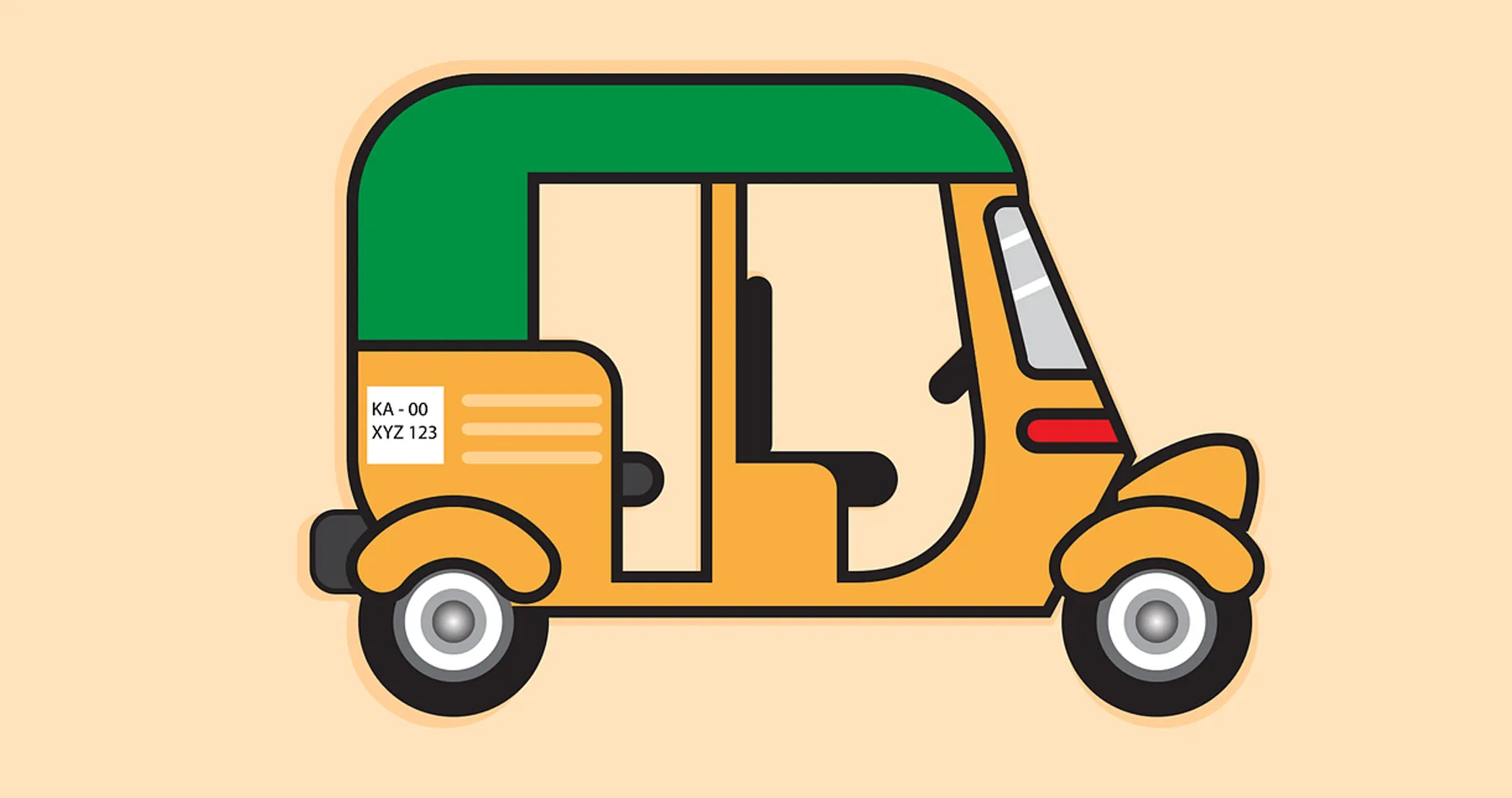Mumbai, the financial capital of India, is a sprawling metropolis characterized by its vibrant energy and diverse population. In the bustling streets of this city, auto rickshaws stand out as a ubiquitous mode of transportation, connecting people to their destinations with agility and efficiency. In this detailed analysis, we explore the various components of auto rickshaw prices, including regulatory frameworks, fare structures, variable factors, and the impact of technological advancements.
Historical Context of Auto Rickshaws in Mumbai:
Auto rickshaws provide an affordable and convenient mode of transportation, addressing the growing demand for short-distance commuting. Over the years, they have become an integral part of Mumbai’s transportation landscape, adapting to the ever-changing dynamics of the city.
Fare Structure:
The fare structure is fixed charges and distance-based rates, ensuring a standardized and fair pricing system. The initial fare constitutes the fixed charge for the first kilometer of the journey. The fixed charge covers the initial costs incurred by the auto-rickshaw driver. Beyond the initial distance, the fare is calculated based on the per-kilometer rate. This rate reflects the cost of each additional kilometer traveled. The per-kilometer rate is carefully determined to strike between affordability for passengers and reasonable compensation for auto rickshaw drivers.
Regulatory Framework:
The regulatory framework governing auto-rickshaw fares in Mumbai is periodically reviewed and adjusted by the MMRTA. This dynamic approach ensures that the pricing structure remains with the prevailing economic conditions, fuel prices, and maintenance costs. The regulatory framework includes mechanisms to address complaints and ensure transparency in the fare-setting process. Economic conditions, fuel price fluctuations, and the overall cost of living determine whether adjustments to the fare structure are necessary. To address concerns related to fare violations, misconduct, or other issues, the MMRTA has established a robust complaint mechanism. Passengers can register complaints against auto-rickshaw drivers through designated channels, promoting accountability within the system.
How much for an Auto Rikshaw in Mumbai?
The average price of an auto rikshaw in Mumbai ranges between 2 Lakh to 3 Lakh
Variable Factors Influencing Fares:
While the MMRTA establishes the baseline fare structure, several factors can influence the final fare for an auto rickshaw ride in Mumbai. Mumbai is infamous for its traffic congestion. Auto rickshaw maneuverability can navigate through congested streets more efficiently than larger vehicles. Auto rickshaw fares can vary based on the time of day. Night charges, applicable during specific hours, compensate drivers for operating during late hours when there might be fewer passengers and increased risks associated with nighttime travel. Auto rickshaws have limited space for luggage. Additional charges may apply if passengers have excess baggage, contributing to an increase in the overall fare.
Technological Advancements:
In recent years, technological advancements have significantly influenced the auto-rickshaw sector in Mumbai. Digital platforms and mobile applications have enhanced the overall commuting experience for passengers and drivers alike. The digital payment systems have become increasingly prevalent in Mumbai’s auto-rickshaw sector. Passengers now have the option to make payments using mobile wallets, UPI, or other digital platforms, reducing the reliance on cash transactions.
It not only provides convenience to passengers but also contributes to a more transparent financial transaction system. The emergence of ride-hailing apps has transformed the way passengers engage with auto rickshaws. These apps connect passengers with available auto-rickshaws through user-friendly interfaces, offering features such as fare estimates, real-time tracking, and safety measures. The adoption of these apps has streamlined the process of finding and hiring auto rickshaws, making it more convenient for passengers. Many auto rickshaws in Mumbai have GPS devices, allowing for accurate route tracking. This benefits passengers by ensuring the most direct route contributes to overall transparency in the transportation system.
Social and Economic Impact:
Auto rickshaws play a significant role in the socio-economic landscape of Mumbai. For many drivers, operating an auto rickshaw is a livelihood, supporting their families and contributing to the local economy. Understanding the intricacies of fare structures and regulatory frameworks is essential for balancing the economic well-being of drivers with the affordability of transportation for passengers. Auto rickshaw drivers often face challenges related to fluctuating fuel prices, maintenance costs, and economic uncertainties. A fair and transparent fare structure ensures drivers earn a livelihood with their efforts and expenses. The affordability of auto rickshaw travel is a factor for the diverse population of Mumbai. Maintaining a balance between fare structures that are reasonable for passengers and ensuring drivers receive fair compensation is essential for sustaining a reliable and accessible mode of transportation.
